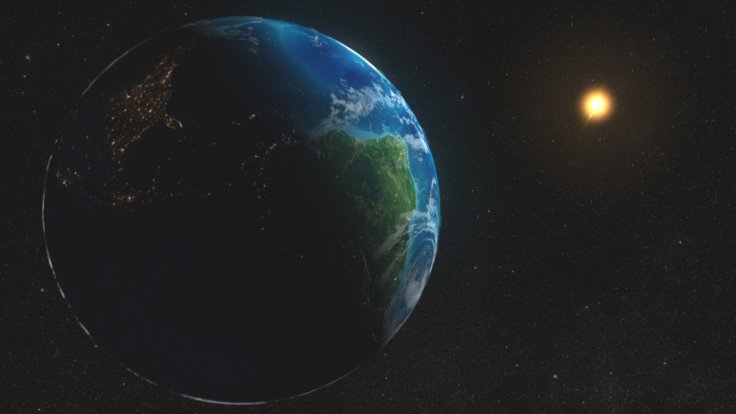
Plants use sunlight to make energy and now researchers from the University of Cambridge in the UK and the Ruhr University Bochum in Germany say they have successfully separated water into hydrogen and oxygen using daylight, using the same methodology as photosynthesis.
The procedure converts hydrogen into electrical energy and stores it in a cell, the only byproduct being heat and water. Hydrogen fuel is regularly observed as an eco-friendly fuel, against petroleum products and biofuels like coal, that is still massively consumed by "developing" nations.
For the catalyst, the researchers used several enzymes and consolidated its sun-based gadgets to "achieve unassisted, solar-driven water-splitting into hydrogen and oxygen".
As indicated by the researchers, the procedure named artificial photosynthesis enables their model gadget to retain more sunlight than regular photosynthesis, which cuts an edge over natural photosynthesis.
Katarzyna Soko, a PhD student at St John's College at the University of Cambridge who is also the first author of this study, said: "Natural photosynthesis is not efficient because it has evolved merely to survive so it makes the bare minimum amount of energy needed – around 1-2% of what it could potentially convert and store."
While artificial photosynthesis innovation is not the newest idea, it is yet to be used to create renewable energy because the procedures involved in it are costly, leaving little scope for its application in small industries.
However, by using a chemical found in algae called hydrogenase as a catalyst, the researchers say they could make the procedure more efficient and cheaper. "Hydrogenase is an enzyme present in algae that is capable of reducing protons into hydrogen. During evolution, this process has been deactivated because it wasn't necessary for survival but we successfully managed to bypass the inactivity to achieve the reaction we wanted – splitting water into hydrogen and oxygen," Soko added.
The researchers are keen to refine the idea and use their innovation to create models for renewable sun-based energy, which should, effectively, be the end goal of this innovation.
Dr Erwin Reisner, from St John's College at the University of Cambridge and one of the paper's authors, stated: "This work overcomes many difficult challenges associated with the integration of biological and organic components into inorganic materials for the assembly of semi-artificial devices and opens up a toolbox for developing future systems for solar energy conversion."
However, politically, it has not been the easiest task to implement cost-effective strategies into public usage. Here, the implementation of this technology would mean casting nets on the capitalism-driven economy which now fuels the majority of markets.
Doing so, in the best interest of the current schemas of politics, would be quite hampering. What becomes of the implementation part is yet to be known, and it will be interesting if findings like these in the energy sector could actually address major energy crises.
The research is published in the journal Nature Energy.









